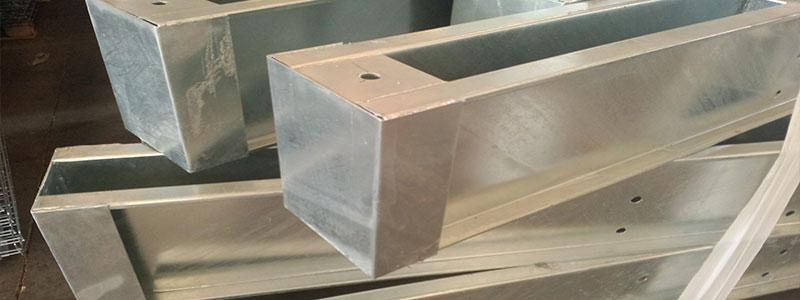Galvanized steel and galvanneal steel sound very similar, and the process of creating the two is indeed very similar. However, do not confuse the two. They contain different properties and are used for different purposes.
Galvanized steel is more suitable for industrial purposes where painting is not required and the coating will not be under much stress or run the risk of being damaged. Galvanneal steel is more suitable for painting and being handled. Because of its ability to be painted, galvanneal steel is more suitable than galvanized steel for signage and other tasks which require paint or something to be adhered to the steel. Here is the difference in the processes of creating galvanized and galvanneal steel.
Galvanized. The protective, anti-corrosive coating consists of mostly pure zinc with a very small amount of aluminum for added adhesion between the coating and the steel. This hard zinc coating is achieved through the multi-step process of hot dip galvanization. In the hot dip galvanization process, the steel gets immersed in a series of high temperature baths which causes the steel to form a chemical bond with the zinc. When the product is finished, the zinc offers a galvanic protection to the steel—giving the base steel three different types of protection against the elements.
Galvanneal. Galvanneal steel goes through the same hot dip process as galvanized steel, but the galvanneal process has one extra step. After the zinc coating is applied to the steel, in the galvanneal process, the steel is heated to an extremely high temperature (around 1050 degrees Fahrenheit.) The extreme heating process causes more iron to mix with the zinc because it draws more of the iron out of the steel. In the end, the galvanneal steel will have an alloy coating which consists of about 90% zinc and 10% iron and gives the steel additional strength, scratch resistance, and more ease of painting than galvanized steel would have. It also has a better coating adhesion.

